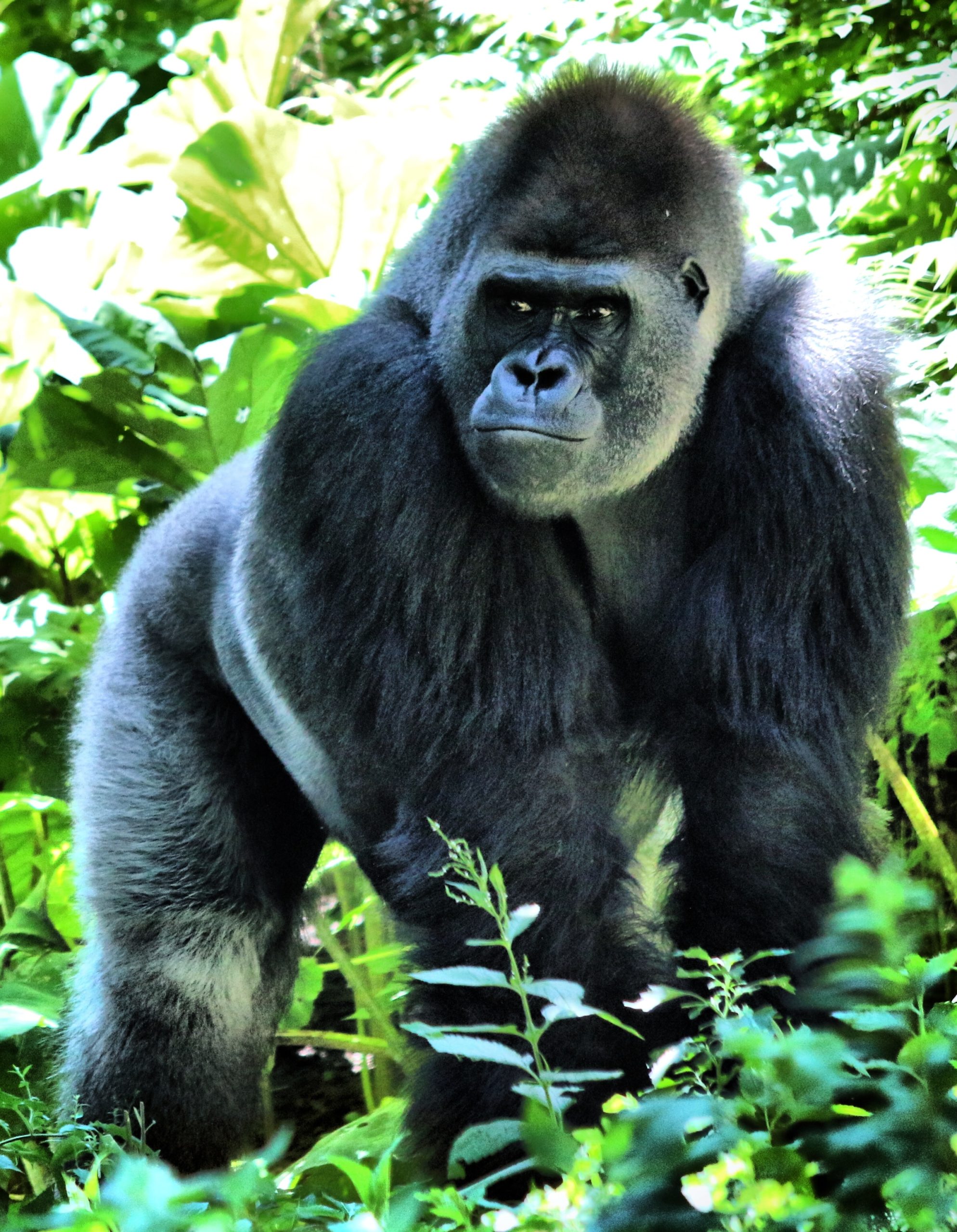Gorillas are one of the most fascinating and complex animals on the planet. Their behavior, particularly their social lives, has long been a subject of interest for researchers and conservationists. Recent studies have provided new insights into the behavior of gorillas, revealing just how complex and sophisticated their social structures are.
Gorilla communities are led by a dominant male, or silverback, who is responsible for protecting his family group and maintaining order within the community. Female gorillas play a crucial role in the community, caring for their young and forming close bonds with other females. Gorillas are also known for their strong family bonds, with individuals often living with their families for their entire lives.
One of the most interesting aspects of gorilla behavior is their ability to communicate with each other in complex ways. Gorillas use a range of vocalizations and gestures to convey their intentions and emotions to others in their community. They are also able to use tools, such as sticks or branches, to help them in their day-to-day activities.
Gorillas are known for their peaceful nature, and researchers have found that conflicts within gorilla communities are relatively rare. In fact, gorillas have been observed using reconciliation behaviors after conflicts, such as grooming each other or sharing food. These behaviors help to reinforce social bonds within the community and maintain order.
Another fascinating aspect of gorilla behavior is their ability to learn from each other. Researchers have observed gorillas passing on skills and knowledge to younger members of their community, such as how to use tools or find food. This highlights the importance of maintaining stable communities and protecting the social structures of these incredible animals.
Despite the many fascinating aspects of gorilla behavior, these animals are unfortunately endangered. Habitat loss, poaching, and disease have all contributed to the decline in gorilla populations over the years. However, there is still hope for these incredible animals. Conservation efforts, such as protected reserves and education programs, have been put in place to help protect gorillas and their habitats.
In conclusion, the study of gorilla behavior is a fascinating and constantly evolving field. Recent studies have shed new light on the complex social lives of these incredible animals, revealing just how sophisticated and intelligent they are. While there is still much to learn, these insights underscore the importance of protecting gorilla populations and their habitats and highlight the need for continued research and conservation efforts.




